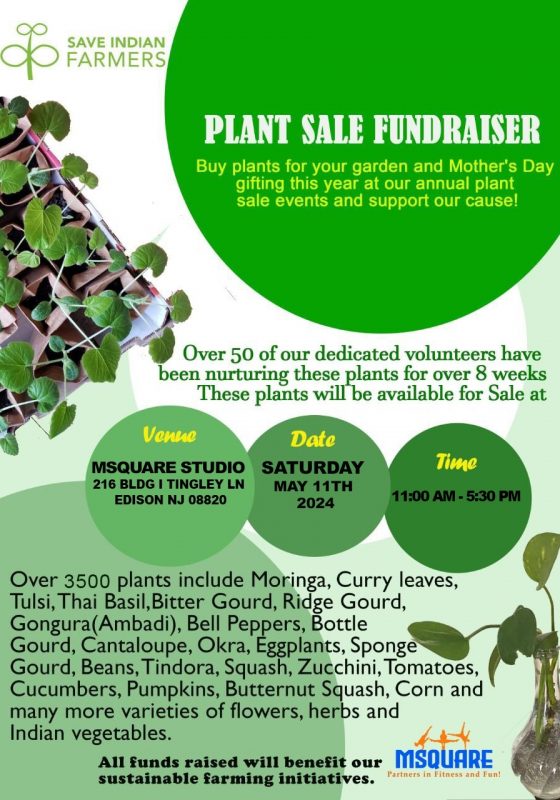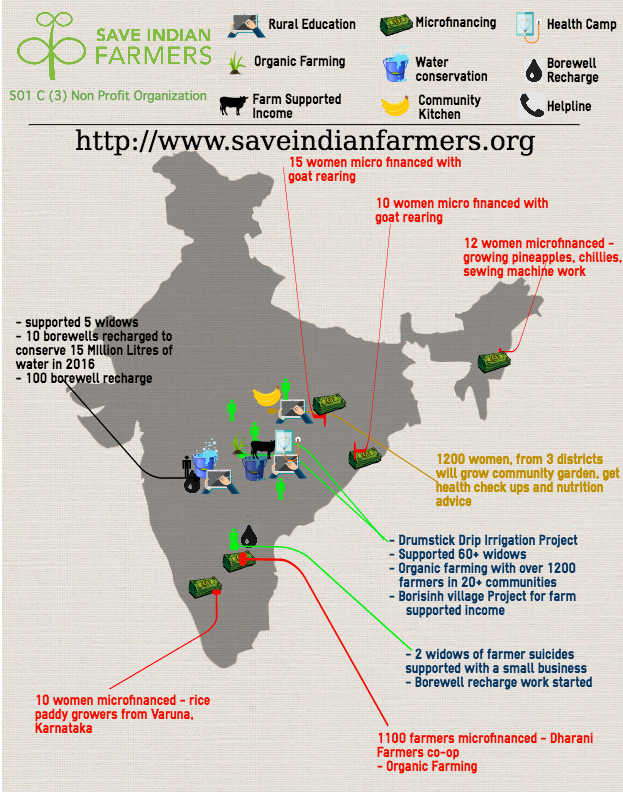They say service to man is service to God. These words have never been truer. I have spent enough time in my ancestral village and was aware of the problems farmers and widows face. Yet, the plight of farmers in drought-struck regions took hold of my heart and led me to take action. Also, after working a 9-5 job for a major US-based organization for two years, you are comfortable in terms of money and amenities – but, a sense of giving back to the society comes into your being. I was then fortunate enough to have met Dr. Hemant Joshi and joined SIF to find a way through which I can do actual work for society rather than just lamenting about the condition of our farmers.
India has a GDP close to 9 trillion USD of which Indian farmers contribute 17%. However, the appalling conditions of the farmers do not reflect their contribution. I am a mechanical Engineer and wanted to use my skills to adopt technologies already developed in the western world, particularly hydroponics, so that we can implement them in an Indian farmer’s land in a frugal way. However, after my team and I learnt about these frugal methods, we needed to test them in the field. This is where I got a chance to go to Borisinh in Yavatmal, Maharashtra.
My 2-day trip to Yavatmal started on Friday, 19 th November. We reached Mr. Kadre’s residence early morning on 20 th and were greeted by the couple. Mr. Kadre heads Deendayal Trust and plays a major role in executing the activities of SIF in Yavatmal. ‘Deendayal’ is an NGO which works with SIF volunteers in Borisinh.We met representatives of Deendayal and each one of them had an inspiring story to tell about the various activities Deendayal supports. The initiatives of SIF in collaboration with Deendayal, for the welfare of regions of Yavatmal, are commendable.
SIF volunteers and I left for Borisinh on 20th evening. We visited the same villageswhere SIF had donated around 20 cows/buffaloes to needy farmers. We noted that their problems regarding cattle were mainly related to:
1) No milk collection center in the village: They tried collecting milk and sending it to the nearby collection center. However, the milk collection center only accepts milk above 5% fat content, and their milk was not accepted by the center. This was because some farmers allegedly adulterated milk with water, reducing the overall fat content.
2) No veterinary doctor: No veterinary doctor is available within the vicinity of Borisinh. They have to travel to Yavatmal in case their cattle were afflicted with some disease. This is a huge financial burden on the farmers.
3) Selling price of milk: Since no milk collection center was available, farmers are unable to sell the milk in nearby villages. They are forced to consume all milk within the family.
4) Fodder: They spend around 120 rupees per day per animal for feeding. Dry fodder is available at Rs.30 per kg and each animal consumes approx. 4kgs per day.
On the bright side, they mentioned that the cows were helping their family by enough milk and milk products, for a salubrious life.
Both men and women were enthused to share their experiences with SIF’s help. Children are happy to receive a good education with the help of tablets. Women shared their view of how canals have helped them have sufficient water for farming this season. We interacted with the women and asked them what their biggest problem was. We got a unanimous answer: WEED (before we spoke about the weeder). They told us that within one crop cycle, they have to remove weeds thrice. It takes days for this laborious task. They have to bend and pull the weed out of the ground by hand – this is very tiring and the uncomfortable posture puts a lot of strain on the lower back. We then introduced our idea of using a weeder. Many farmers were aware of dryland weeders and said that they had seen some farmers in other villages using it. The women were excited about the idea of getting one and said that it would be of great help.
We initiated our talk about hydroponics by first asking farmers about what problems they face regarding cattle. The cost of feeding cattle was the first problem that came up. On asking which was the best plant to feed cattle, they answered Maize. We explained how we can reduce cost as well as provide better fodder for cattle using hydroponics. Farmers were keen about learning how this can be done. With the help of a few videos, they were convinced that this is feasible and will be beneficial to all of them.
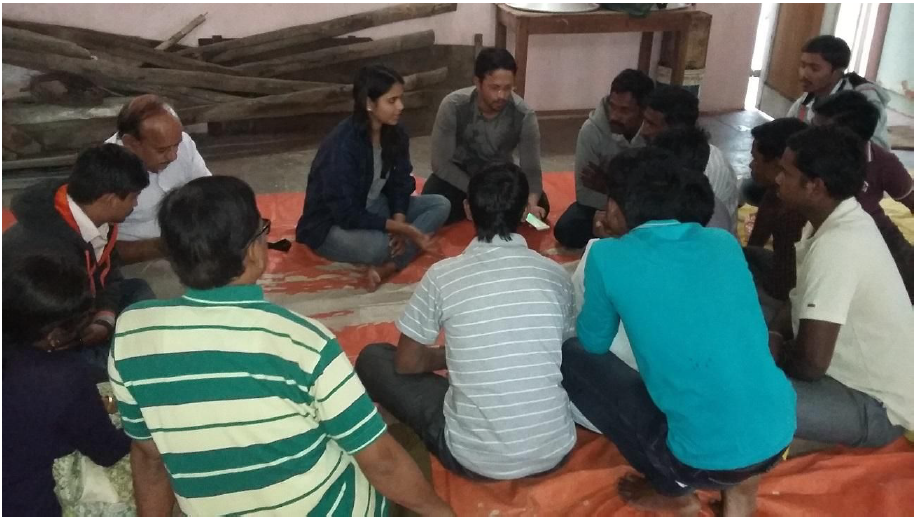 SIF volunteers discussing hydroponic fodder generation process
SIF volunteers discussing hydroponic fodder generation process
Factors in favor of the successful implementation of hydroponics are:
1) Farmer’s interest and their optimistic views of its benefits.
2) Dependable electricity availability.
3) High cost of maize (Rs.15/kg) if bought directly from the market
4) Abundant water availability since the water canals were built by SIF
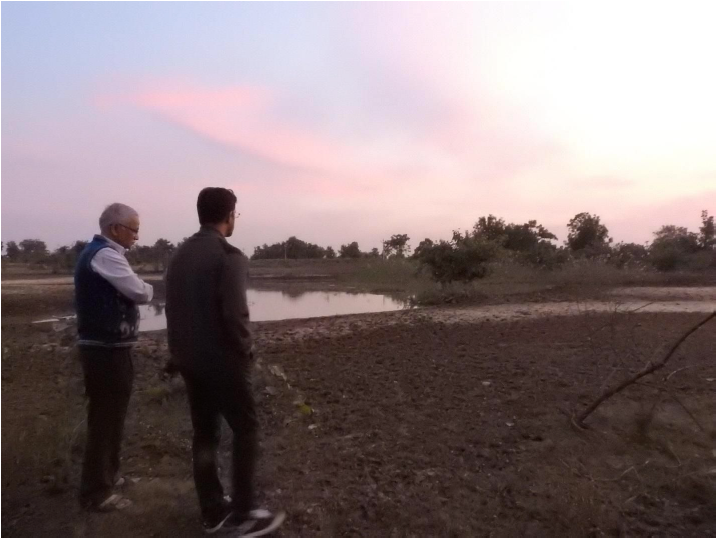 Canal built has helped supply abundant water for farming in village
Canal built has helped supply abundant water for farming in village
At the end of the 2 days in Borisinh, Yavatmal, we were more familiar with the turf for which we had to make hydroponics work and also with the farmers, the most important shareholders of this technology. We had our work drawn out for the next few months. We were also given a chance to follow-up with SIF’s previous interventions like gifting cattle to those in need, and were looking for ways to complement the cattle. Although a lot of good work is in progress, we have a long way to go. We need to work on reducing dependency and closely monitoring the execution of projects. One example is the drumstick project, which started off well but due to lack of attention, its condition has deteriorated.
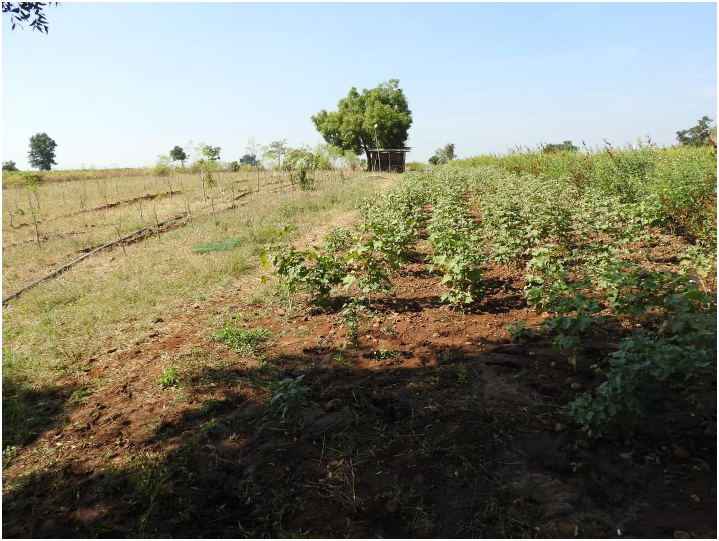 Left side of the image is of drumstick project of SIF.
Left side of the image is of drumstick project of SIF.
On a personal note, this visit has given me the opportunity to see how my technical knowledge has worked for the greater good, and gave me a renewed zest to continue working in SIF. Also, it instilled the confidence in me that our vision for hydroponics in Borisinh has the support of farmers and can be successfully implemented in Borisinh. Most importantly, it has given us the chance to personally take a look at all of SIF’s projects and interact with SIF’s backbone, it’s on-the-ground volunteers and beneficiaries.
Though this visit was insightful, I would like to have a better-planned future visit which includes all of SIF’s projects in that region.
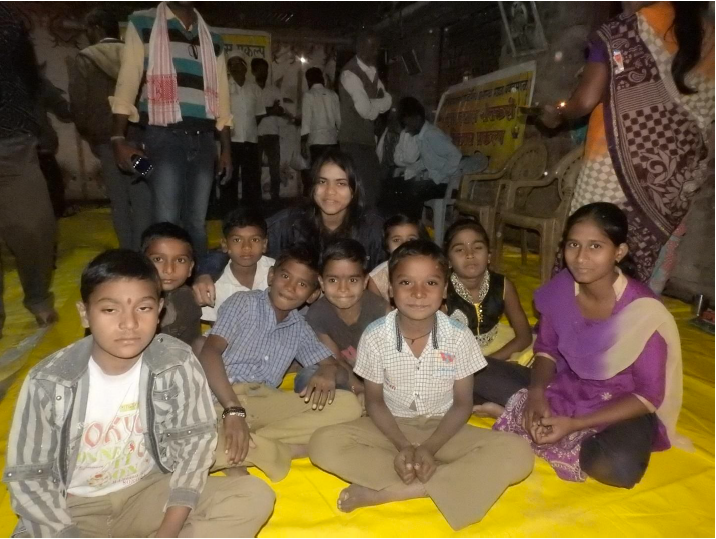 Me with kids at Borisinh village
Me with kids at Borisinh village
___________________________________________________________________________________________________________________
About the Author: Palak Verma is a Senior Engineer at John Deere Technology Center India, working as a Structural Analyst in Engine Analysis and Simulation. She wants to change the society one step at a time, and is an active member of Corporate Social Responsibility groups at Deere as well as Save Indian Farmers.

